Squirrels are some of the most familiar and fascinating wildlife found throughout Indiana’s forests, parks, and neighborhoods. With their energetic movements and diverse colors, these small mammals play an important role in the state’s natural environment. If you’ve ever wondered which squirrel species are common in Indiana or how to identify them, this guide will provide clear answers.
This article explores four of the most common squirrels in Indiana: the Eastern Gray Squirrel, Fox Squirrel, Red Squirrel, and Southern Flying Squirrel. You will discover how to recognize each species by their distinctive features, behaviors, and habitats. Along with helpful pictures, this guide makes it easier to spot and distinguish these squirrels. Dive into the fascinating world of Indiana’s squirrels and learn more about these remarkable animals!
Different Types of Squirrels in Indiana
Eastern Gray Squirrel (Sciurus carolinensis)
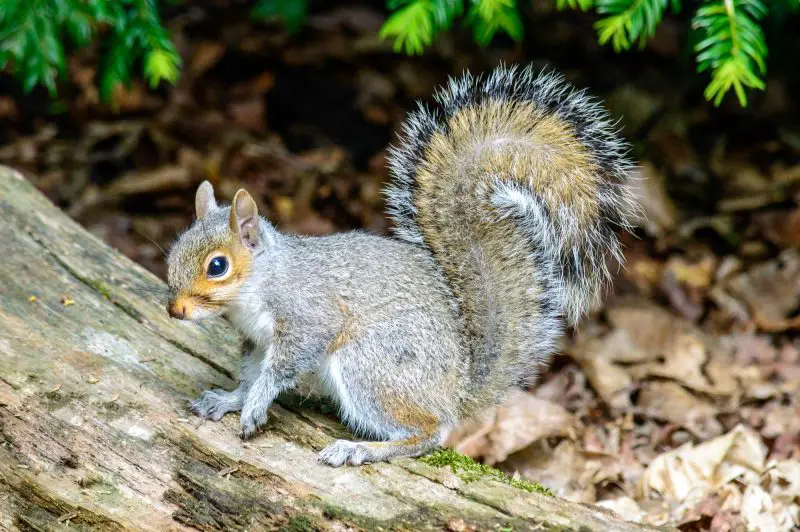
The Eastern Gray Squirrel is one of the most recognizable squirrels in Indiana and is especially abundant in both rural and urban environments. Its fur is primarily gray with white or pale underparts, though some individuals exhibit variations such as a cinnamon tinge or even a rare melanistic (black) phase. This medium-sized squirrel typically measures 16 to 20 inches in total length, with its bushy tail making up almost half of its body length. The tail serves several important purposes, including helping the squirrel maintain balance while leaping, providing warmth during cold months, and acting as a signaling device when communicating with other squirrels. Their sharp claws and strong hind legs make them expert climbers, allowing them to navigate tree canopies with ease.
Eastern Gray Squirrels are diurnal and are most active in the early morning and late afternoon. They are scatter-hoarders, meaning they bury nuts individually in multiple locations to retrieve later, which serves as a crucial winter survival strategy. Their diet mainly consists of acorns, hickory nuts, walnuts, and beechnuts, but they will also consume seeds, buds, fruits, mushrooms, and even bird eggs if food is scarce. Interestingly, these squirrels have a strong sense of smell and spatial memory, which helps them locate many of their buried food caches even months later. However, they do forget some, and these forgotten nuts often sprout into new trees, making Eastern Gray Squirrels accidental foresters that contribute to forest regeneration.
Eastern Gray Squirrels are mostly solitary but can tolerate other squirrels in areas with abundant food. They use a combination of vocalizations and tail movements to communicate, such as flicking their tails rapidly when alarmed. They prefer hardwood forests, mixed woodlands, and areas with mature oak, hickory, or walnut trees, but they are also extremely common in city parks and suburban neighborhoods with bird feeders and ornamental trees. Because they are highly adaptable, they have become one of the most successful squirrel species in North America, thriving even in areas with heavy human activity.
A fun fact about Eastern Gray Squirrels is that they are excellent at navigating vertical surfaces and can rotate their hind feet 180 degrees, which allows them to climb down trees headfirst. This unique adaptation is critical for escaping predators such as hawks, owls, and snakes. They are also surprisingly intelligent and have been observed engaging in deceptive caching, where they pretend to bury a nut in one spot to mislead other squirrels or potential thieves.
Fox Squirrel (Sciurus niger)
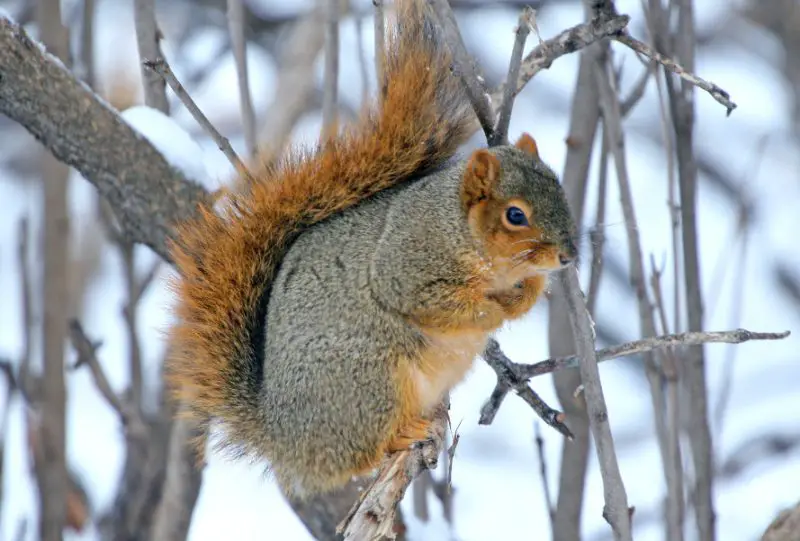
The Fox Squirrel is the largest squirrel species in Indiana and can easily be distinguished from the Eastern Gray Squirrel by its size and coloration. Adults often measure up to 27 inches in total length and weigh up to 2.5 pounds, making them nearly twice as heavy as gray squirrels. Their fur varies from reddish-brown to orange-tinted, with a creamy or yellowish belly. The tail is long, bushy, and edged in black, giving them a striking appearance when seen in sunlight. Their large size and bold coloration make them easy to spot, especially in open areas where they are often foraging on the ground.
Fox Squirrels prefer open woodlands, forest edges, farmlands, and scattered oak groves, which provide both food and space for ground foraging. They are less arboreal than gray squirrels and spend a significant amount of time on the ground, where they hop or bound rather than run smoothly. Their diet consists primarily of acorns, hickory nuts, walnuts, and occasionally corn, berries, fungi, and insects. Like gray squirrels, they bury nuts for later consumption, but they are less systematic in scatter-hoarding and often rely on ground foraging. Because of their preference for farmland and open woods, Fox Squirrels are common in rural Indiana but less abundant in densely forested regions.
Behaviorally, Fox Squirrels are generally solitary and can be territorial, especially males during the breeding season. They are diurnal and most active during the morning and late afternoon, spending midday resting in tree cavities or leaf nests high in the canopy. Despite their size, they are remarkably agile and can make impressive leaps between trees, sometimes spanning over 15 feet in a single bound. They are also bolder and less cautious than gray squirrels, often lingering in open areas longer, which sometimes makes them easier targets for hunters.
A fun fact about Fox Squirrels is that they can adapt their fur color slightly depending on their region. In some areas of Indiana, Fox Squirrels may appear more grayish than reddish, which helps them blend with the local environment. Additionally, they are known to sunbathe by lying flat on tree branches or even on the ground, spreading their bodies to regulate their temperature on cool mornings.
Red Squirrel (Tamiasciurus hudsonicus)
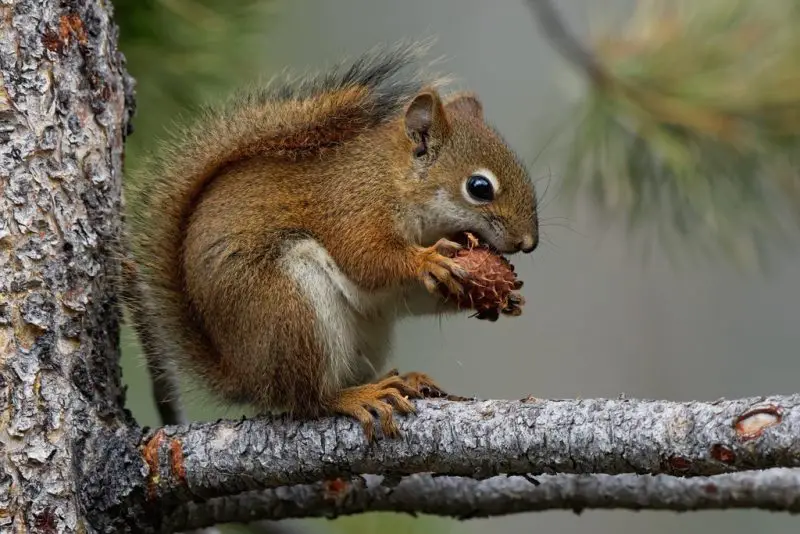
The Red Squirrel is a smaller, more aggressive species compared to the gray and fox squirrels. Adults typically weigh only 7 to 10 ounces and measure 11 to 14 inches in total length. Their fur is reddish-brown on the back, with a distinct white underbelly and a noticeable eye ring that gives them an alert expression. Their tail is less bushy than that of gray or fox squirrels but is still fluffy and often tinged with reddish-orange. Red Squirrels are most commonly found in northern Indiana, where coniferous and mixed forests dominate. They are less common in southern parts of the state because they prefer spruce, pine, and fir trees, which provide their primary food source.
Red Squirrels are highly territorial and aggressive, defending their feeding areas vigorously with loud chattering calls and tail flicking. Unlike gray and fox squirrels, which scatter-hoard their food, Red Squirrels create large food caches called “middens,” where they store hundreds or even thousands of pine cones in a single location. These middens are often hidden at the base of trees or under logs, providing a reliable winter food source. Their diet consists mainly of pine seeds, spruce cones, nuts, fungi, and occasionally bird eggs or nestlings. Because they rely heavily on conifer seeds, their population density is highest in areas with mature pine forests.
Behaviorally, Red Squirrels are very active and can be seen darting quickly along tree branches, making sharp turns, and leaping between trees. They are diurnal, with peak activity in the early morning and late afternoon. Their constant vocalizations, which include trills, chatters, and rattles, make them easy to detect even if they are not visible. Their territorial nature often drives away other squirrel species, making areas dominated by Red Squirrels less hospitable for gray or fox squirrels.
A fun fact about Red Squirrels is their ability to strip pine cones incredibly quickly—sometimes finishing one in less than a minute. They are also known to dry mushrooms on tree branches or logs before storing them in their middens, a behavior that helps preserve the fungi for winter consumption. Their energetic and feisty personality makes them fascinating to observe in Indiana’s northern forests.
Southern Flying Squirrel (Glaucomys volans)
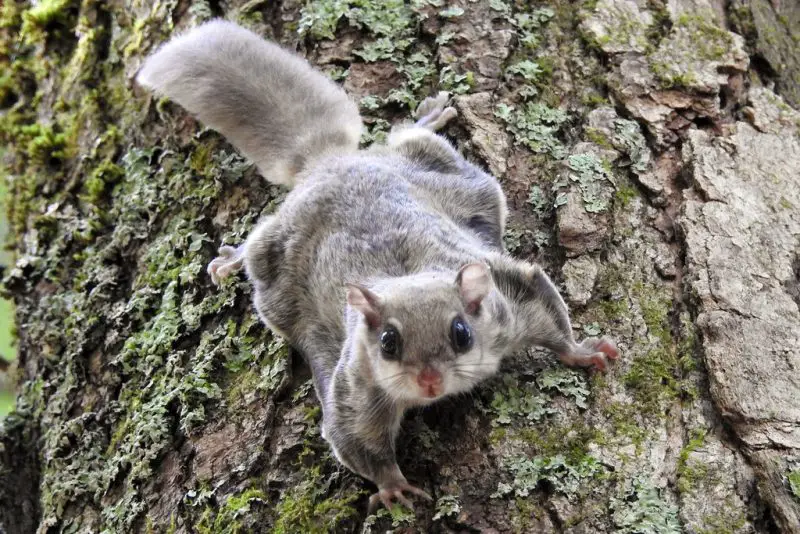
The Southern Flying Squirrel is the smallest and most secretive squirrel species in Indiana. Adults weigh only 2 to 3 ounces and measure about 8 to 10 inches long, including their tail. Their fur is soft and silky, grayish-brown on top with a creamy white belly, and they have large black eyes adapted for night vision. The most unique feature of this squirrel is its patagium, a loose flap of skin stretching between its front and hind legs that enables it to glide from tree to tree. When leaping, the squirrel spreads its legs to extend the membrane, allowing it to glide as far as 150 feet in a single jump while steering with its tail.
Southern Flying Squirrels are nocturnal, which makes them difficult to observe in the wild. They are most active shortly after sunset and just before sunrise, spending their nights gliding through forest canopies in search of food. Their diet consists mainly of nuts such as acorns, hickory nuts, and beechnuts, as well as seeds, berries, fungi, insects, and occasionally bird eggs. They often store nuts in tree cavities, which serve as both food storage and nesting sites. These squirrels prefer mature hardwood forests with abundant nut-bearing trees and are also found in suburban areas with suitable old-growth trees.
Socially, Southern Flying Squirrels are more communal than other squirrel species. During winter, they often gather in groups of 10 or more individuals in a single tree cavity to conserve heat, which is a survival strategy during cold Indiana winters. Their nests are typically made of shredded bark, leaves, and moss, lined with soft material for insulation. Unlike other squirrels, they rarely come to the ground, relying instead on their gliding ability to move efficiently between trees.
A fascinating fun fact about Southern Flying Squirrels is that they glow pink under ultraviolet light, a discovery made in recent years. Scientists believe this biofluorescence may help them communicate with each other or avoid predators by blending with UV-reflective surfaces such as lichen-covered branches. Despite being widespread in Indiana, most people never see them because of their nocturnal and secretive habits, making them one of the state’s most mysterious squirrels.
FAQs about Types of Squirrels in Indiana
What are the most common squirrel species in Indiana?
The most common squirrels in Indiana are the Eastern Gray Squirrel, Fox Squirrel, Red Squirrel, and Southern Flying Squirrel.
How can I identify an Eastern Gray Squirrel?
Eastern Gray Squirrels have gray fur with white underparts and a bushy tail. They are medium-sized and very adaptable.
Where do Fox Squirrels usually live in Indiana?
Fox Squirrels prefer open woodlands, forest edges, and farmlands, often found in rural and suburban areas.
What do Red Squirrels eat in Indiana?
Red Squirrels mainly eat pine seeds, spruce cones, nuts, fungi, berries, and sometimes bird eggs.
Are Southern Flying Squirrels nocturnal?
Yes, Southern Flying Squirrels are nocturnal and glide between trees at night using their skin membrane.
Can squirrels help with forest growth?
Yes, squirrels like the Eastern Gray often forget buried nuts, which can grow into new trees.

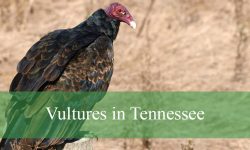


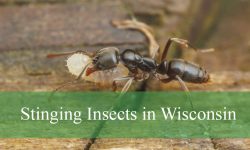


Can and do different species of squirrels breed with other species of squirrels?
Most squirrel species do not breed with other species due to genetic and behavioral differences. However, Northern Flying Squirrels (Glaucomys sabrinus) and Southern Flying Squirrels (Glaucomys volans) can interbreed where their ranges overlap. Other squirrel species almost never hybridize in the wild.